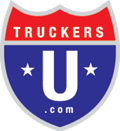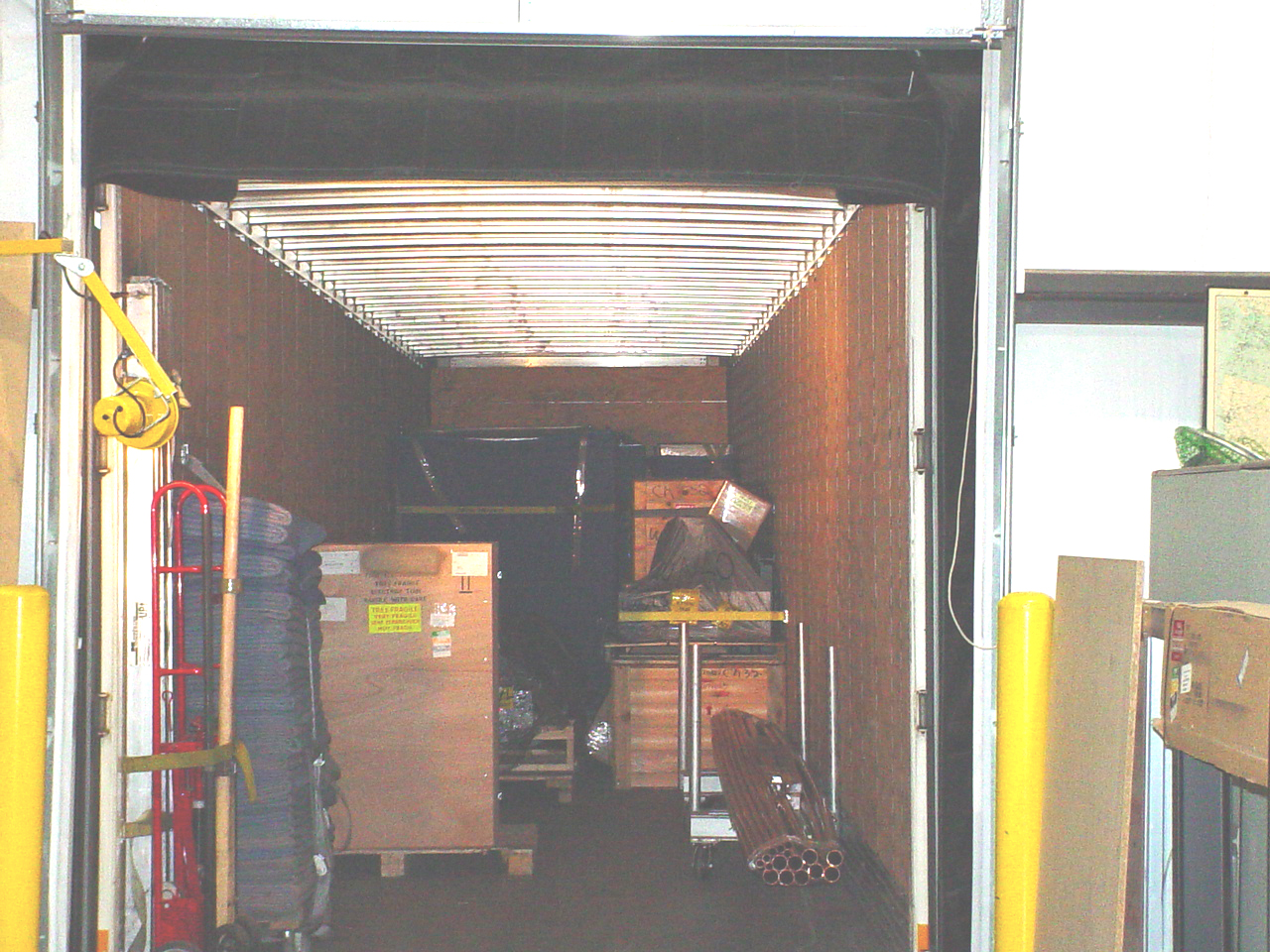Avoid the # 1 Murphy’s Law of Trucking through the use of the Three-legged Stool Method of Load Management.
Trucking is by its nature, an unpredictable business. But at the same time, no matter what unexpected event occurs, a load either needs to get there or you need to find another one. This brings us to the # 1 Murphy’s Law of Trucking:
Your best paying load in three months will be canceled after you’ve deadheaded 300 miles to load it.
Is it possible to avoid this particular situation? Just refer back to the unpredictability of the business. The unexpected happens, people make mistakes, severe weather or other occurrences will always impact loads and their scheduling. The idea here is to be prepared. Have a backup plan for your backup plan. Be ready to make that sudden direction change when the unforeseen occurs.
The best way to be ready for the unanticipated load cancellation is to work from a system with an alternative plan in place. It’s called the ‘three-legged stool approach.’
The three-legged stool provides you with all of your resources to keep your truck(s) loaded and rolling with profitable freight. A three-legged stool needs all three legs; without one or two, it just topples over. In the trucking industry, using shippers, brokers, and a load board as if they were legs on a stool means you don’t overlook one or more of them in your continual hunt for freight.
By using this method, you have three different areas from which to search for freight. Granted, if you’re going into an area where you haven’t any direct ship customers, you will rely on the broker or load board to find your return freight. The plan is to have developed business relationships with freight brokers who’ve worked with you in the past and you know they’ll get you the best hauling rate out of an area. For the best outcome, you should book your return load at the same time you book the load going into an area. But this only works if you have an established relationship with the brokers who book freight out of the location you are headed as well.
Now here’s your backup for your backup plan. Never assume because you’ve booked a load, received load confirmation and have contacted the shipping customer, that everything will be the same when you’re ready to load the shipment. Even while you’re en route to deliver your first load, be scouring the load boards in case your next load is delayed or canceled, know what is available, what the truck-to-load ratio is, and have several possible alternative loads in case the one you’ve booked goes sour. It could even be a Less Than Truck Load shipment that re-stages your truck to an area where the load revenue is better.
In trucking, as in any other industry, there is no crystal ball. The best business practice for dealing with the unexpected is to have several contingency plans in readiness at all times. The three-legged stool approach is not just for emergencies, but a practical, day-to-day method of conducting business. It gives you and your company a wider spectrum of keeping revenue flowing, in that you’re not relying on only one source of freight for the lifeblood of your company. Example: By using a load board’s truck-to-load ratio and rate indexing tools, you know when and where to position your trucks to be available for the best loads. By utilizing the radius-to-radius search and ‘available trucks’ posting components, your trucks are in the right place at the right time to haul good-paying freight.
Whether you employ truckload or the partial load or LTL (Less Than Truckload), it can provide revenue to help avoid deadhead miles and improve your operation’s bottom line. By having the backup planning of a three-legged stool approach, you’re less likely to find yourself somewhere Murphy’s Law is sticking its nose.
©2020 Timothy D. Brady

